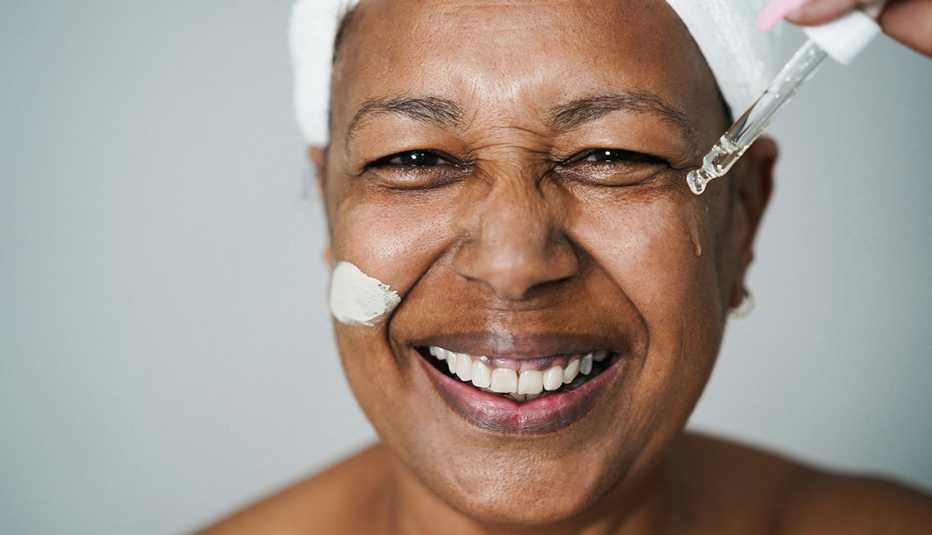
Each creative comes to a certain audience and exists in a certain social and media context. Every design decision has the right to life and someone may like it. We only reflected the current general trends, styles, and motives, tried to explain them and show their examples.
Creative designs often appear in completely different spheres of people’s activities. For example, a casino en ligne Canada whose web design reflects all the latest trends.
1. 3D
3D has already grown a beard, but it is still included in the trends in each collection. And why? Because 3D is changing. Previously, these were probably well-known rounded men and objects in pastel colors and with a plastic texture.
Hyperrealistic 3D is being used more and more often now. It’s as if you don’t see graphics, but photos, and even, it seems, natural textures of plants, clothes, cornflakes, or ice. But then you look closely – but no, still the graphics. Raiffeisenbank’s Instagram visuals are very indicative in this sense, which set the tone for all the company’s creatives. They just use this realistic 3D, when you want to look at the photo twice because the brain does not understand whether it is a real or a painted object.
2. Bright and Contrasting Colors
They have been trending for quite a long time, as they allow you to reflect the originality, modernity of the promoted product. In addition, they are very good at building the customer’s creativity from competitors (of course, if competitors have a more modest color scheme). Especially trendy are the combinations of colors from the series “pink – purple – lilac – bright green”. It is worth mentioning that bright creatives work best for a young audience up to 25 years old, they can alienate older people.
3. Holographic Elements
This is also something from the field of bright colors, but bright in its own way. It’s a combination of all the colors of the rainbow, like on the old shiny stickers on TVs in the 90s. And the colors are associated with gasoline stains. This mixture of industrial and retro vibe is liked by residents of large cities and young audiences. Often, brands of youth clothing and shoes, cosmetics, and music services design their creatives in such a design.
4. Neon and Cyberpunk
Bright neon spots and lines are a good way to focus attention on the object of promotion. The popularity of cyberpunk, which broke out thanks to the release of the game of the same name at the end of 2020, breathed a second life into neon. Cyberpunk elements have not let designers go for a long time, even now on the Internet you can find visuals with a background vaguely reminiscent of Night City. According to our forecasts, the trend is not going to come to naught soon, but it is still relevant.
5. Plastic, Plastic Film
Plastic has a very rich history in mass culture: back in the 1960s, Paco Rabanne showed a collection of clothes with glossy plastic elements. In the 90s there was a new wave of popularity of the material. Because of this, it is difficult to say exactly why the trend for plastic and polyethylene came to design. Perhaps this is due to another fashion trend, which, by the way, we support – environmental friendliness. Let the film be better on creatives than in the ground and water.
6. Typography and Working With Text
This is the case when the text is the center of the composition, a pictorial element, and not just an informational inscription. Texts are played on creatives in a lot of different ways: they are a background ornament, they focus on the central figure of the composition, they become part of this figure, as if they merge with it, etc. One thing remains unchanged: it is not enough to simply type the text here and place it in a suitable place. Work on it is no less than on the central image of the composition, or even more.
7. Simple and Complex 2d Illustrations
Simple vector drawings are not going to leave the arsenals of designers yet. Schematic little men are still drawing their charts, looking at a laptop, and drinking coffee on the visuals of even large brands. But a complex 2D illustration is developing: flat characters from simple geometric shapes are replaced by complicated ones with interesting facial expressions, drawn shadows, and complex color design.








